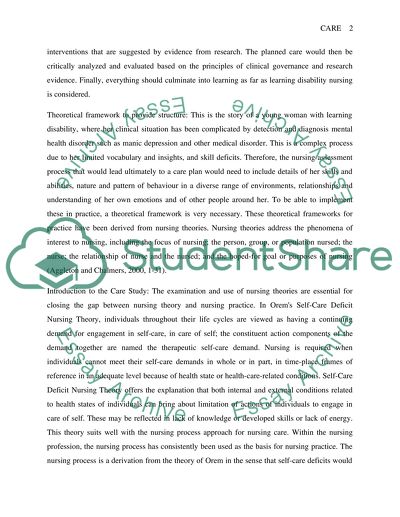Cite this document
(“The Nursing Care Management Case Study Example | Topics and Well Written Essays - 3500 words”, n.d.)
The Nursing Care Management Case Study Example | Topics and Well Written Essays - 3500 words. Retrieved from https://studentshare.org/nursing/1511602-the-nursing-care-management
The Nursing Care Management Case Study Example | Topics and Well Written Essays - 3500 words. Retrieved from https://studentshare.org/nursing/1511602-the-nursing-care-management
(The Nursing Care Management Case Study Example | Topics and Well Written Essays - 3500 Words)
The Nursing Care Management Case Study Example | Topics and Well Written Essays - 3500 Words. https://studentshare.org/nursing/1511602-the-nursing-care-management.
The Nursing Care Management Case Study Example | Topics and Well Written Essays - 3500 Words. https://studentshare.org/nursing/1511602-the-nursing-care-management.
“The Nursing Care Management Case Study Example | Topics and Well Written Essays - 3500 Words”, n.d. https://studentshare.org/nursing/1511602-the-nursing-care-management.


